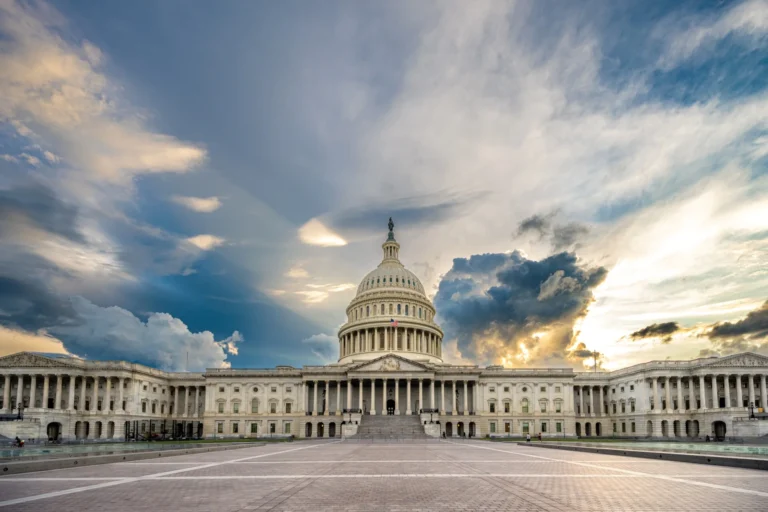Practically all scientists agree–global warming is a problem which must be addressed.Government Report: There’s Little Scientific Debate on ‘Global Warming’By Cliff Montgomery – Apr. 6th, 2007As this Jan. 25th, 2007, non-partisan Congressional Research Service (CRS) report shows, there’s little “debate” on global warming in the scientific community. To separate fact from fiction, we quote from the CRS report below:CLIMATIC EFFECTS OF POLLUTION: Carbon dioxide is being added to the earth’s atmosphere by the burning of coal, oil and natural gas at the rate of 6 billion tons a year. By the year 2000 there will be about 25% more CO2 in our atmosphere than at present. This will modify the heat balance of the atmosphere to such an extent that marked changes in climate, not controllable through local or even national efforts, could occur. Possibilities of bringing about countervailing changes by deliberately modifying other processes that affectclimate may then be very important.President’s Science Advisory Panel, 1965Climate Change: Science and Policy Implications“Almost all scientists agree that the Earth’s climate is changing, having warmed by 0.6 to 0.8o Celsius (1.1 to 1.5o Fahrenheit) since the Industrial Revolution. Science indicates that the Earth’s global average temperature is now approaching, or possibly has passed, the warmest experienced since human civilizations began to flourish about 12,000 years ago.”During the 20th Century, some areas became wetter while others experienced more drought. Most climate scientists conclude that humans have induced a large part of the climate change since the 1970s. Although natural forces such as solar irradiance and volcanoes contribute to variability, scientists cannot explain the climate changes of the past few decades without including the effects of elevated greenhouse gas (GHG) concentrations resulting from fossil fuel use, land clearing, and industrial and agricultural emissions.”Over the past 150 years, measured carbon dioxide concentrations have risen by more than one-third, from about 280 parts per million (ppm) to about 380 ppm. The United States contributes almost one-fifth of net global greenhouse gas emissions. Some impacts of climate change are expected to be beneficial (e.g., increased agricultural productivity in some regions), whereas others are expected to be adverse (e.g., drought in some regions, rising sea levels in some coastal areas).”Scientists have found it is very likely that rising greenhouse gas concentrations, if they continue unabated, will raise the global average temperature above natural variability by at least 1.5o Celsius (2.7o Fahrenheit) during the 21st Century (above 1990 temperatures), with a small likelihood that the temperature rise may exceed 5oC (9oF). The projections thought most likely by many climate modelers are for a greenhouse gas-induced temperature rise of approximately 2.5 to 3.5oC (4.5 to 6.3oF) by 2100.”However, the magnitude, rapidity, and details of the change are likely to remain unclear for some time. Future climate change may advance smoothly or sporadically, with some regions experiencing more fluctuations in temperature, precipitation, and frequency or intensity of extreme events than others.”Some scientists emphasize potential beneficial effects of climate change, or count on the ability of humans to adapt their behaviors and technologies to manage climate change in the future; other scientists argue that the benefits of climate change may be limited, even accounting for probable adaptation and its costs, and that there are risks of abrupt, surprising change with accompanying dislocations.”The continuing scientific process has resulted in a better understanding of climate change and generally confirms the broad conclusions made in previous decades by the preponderance of scientists: that human activities emit greenhouse gases that influence the climate, with potentially serious effects. Details have been revised or refined, but the basic conclusion of the risks persists.”The principal questions remaining for the majority of scientists concern not whether greenhousegases will result in climate change, but the magnitude, speed, geographic details, and likelihood of surprises, and the appropriate timing and options involved in addressing the human components of climate change.”For more than a century, scientists have known that adding carbon dioxide and certain other gases to the atmosphere could warm the Earth, as expressed in the quote above. During the past decade, mounting scientific evidence and public debate have generated interest in the U.S. Congress to understand climate change, and potentially to address related emissions of carbon dioxide, methane, and additional gases generated by human activities.”These human-related emissions have accumulated in the atmosphere, raising concentrations dramatically. For example, carbon dioxide emissions associated mostly with fossil fuel combustion and land clearing have increased atmospheric concentrations by one-third since the Industrial Revolution, from about 280 parts per million (ppm) in 1850 to 380 ppm today.”Investment in science and technological research has been the cornerstone of the federal strategy since the 1960s. Great strides have been made to collect observations of relevant Earth processes; to develop a variety of models to analyze and forecast atmospheric, ocean, land, and related economic and energy systems; and to understand the potential impacts of climate change on humans and ecosystems.”

What Happens With Congress During A Federal Shutdown?
What congressional activities are still performed during this impasse?




